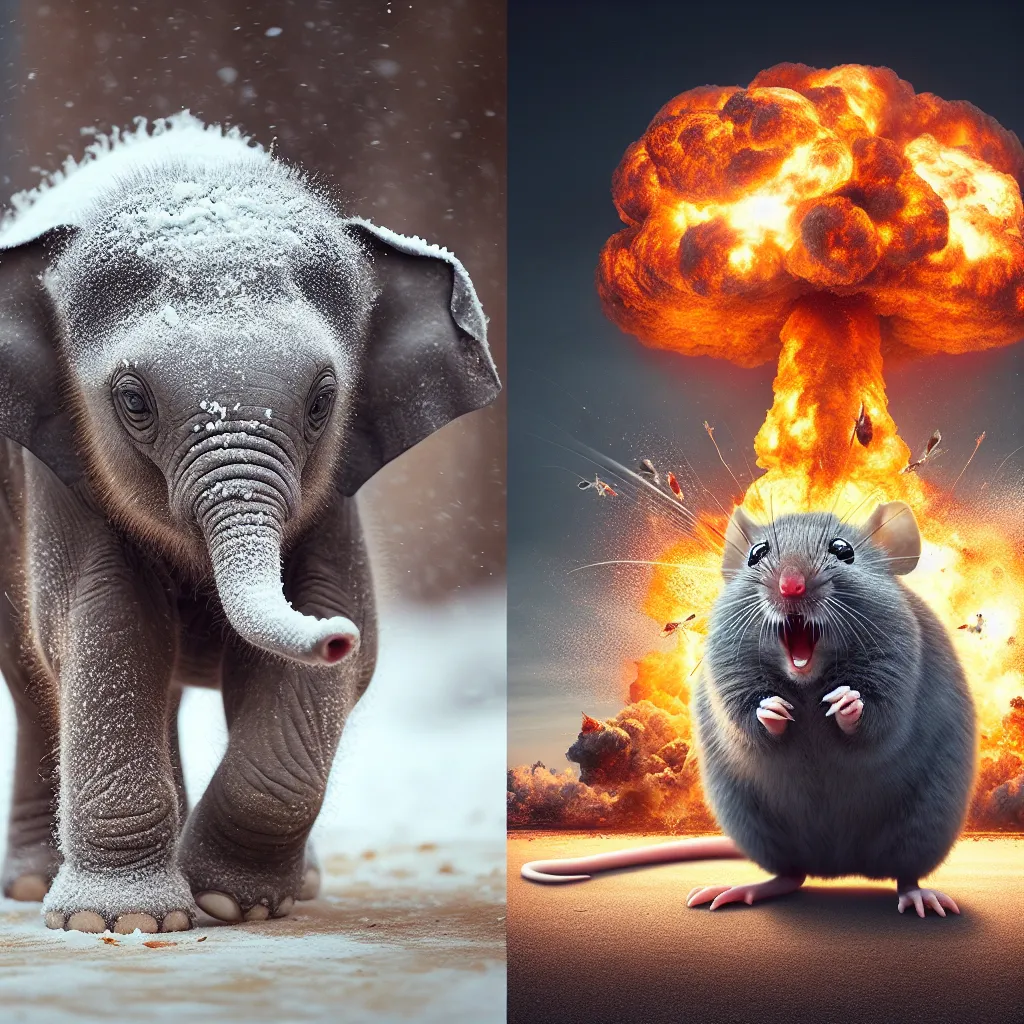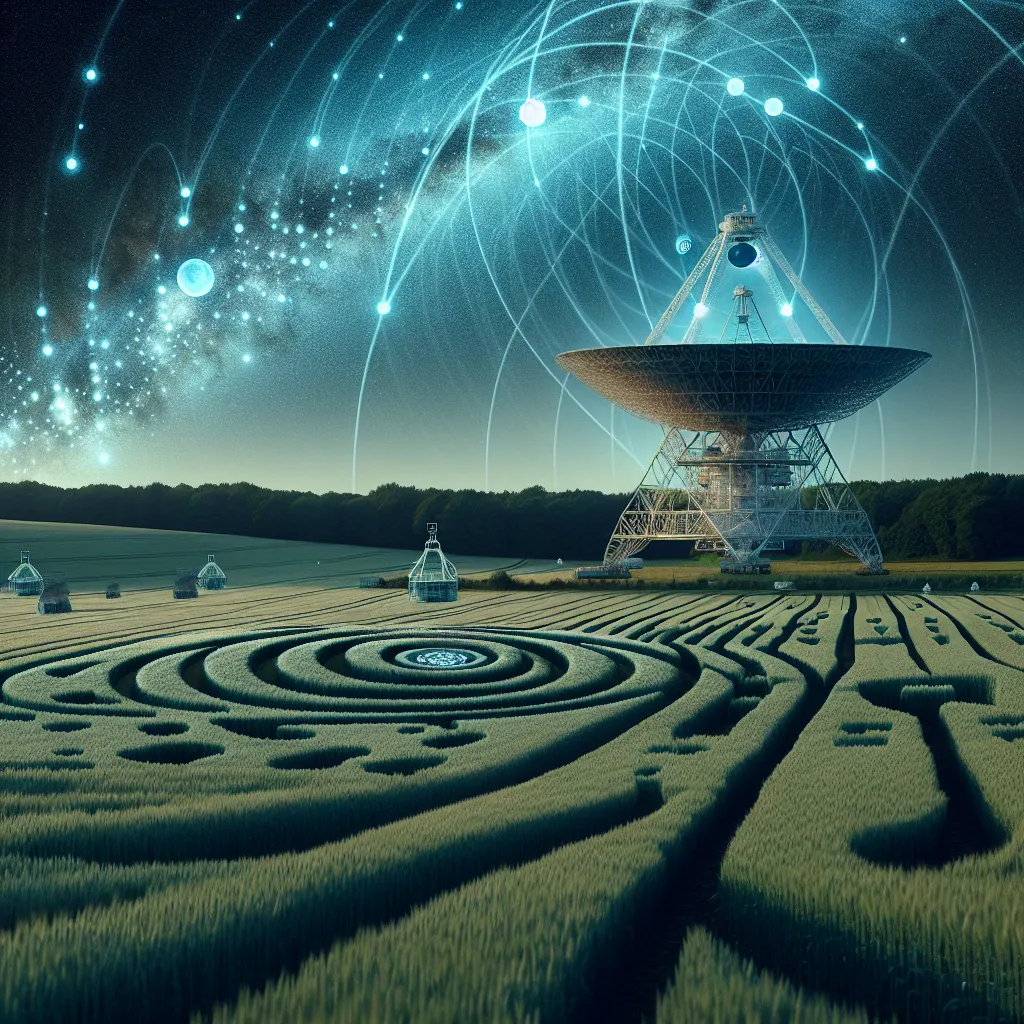Let’s imagine shrinking an elephant to the size of a mouse and making a mouse as big as an elephant. This might sound fun, but the results are fatal for both animals. The tiny elephant quickly freezes to death, while the giant mouse explodes, leaving a mess everywhere. Why does this happen?
The key is in their size. Every living being is adapted to function perfectly at its own size. Changing this can lead to disastrous effects. But what’s the reason behind these gruesome outcomes? Let’s dive into the science.
Life on Earth is built from cells, which are quite similar in size across different species. For instance, a blue whale doesn’t have bigger cells than a hummingbird; it just has more of them. These cells constantly work to stay alive, needing energy that they get from converting food and oxygen into usable energy. This process happens in the mitochondria, known as the powerhouse of the cell.
Mitochondria function like tiny engines, generating ATP, the cell’s energy currency. This work generates heat, compounding as more mitochondria are added. For larger animals, sustaining this heat without proper mechanisms would be lethal.
Heat only leaves an object through its surface, not its volume. Now, when our mouse grows to the size of an elephant, it ends up with a lot more inside volume producing heat, while the surface area to dissipate that heat doesn’t increase proportionally. Thus, the mouse overheats and eventually explodes from the accumulated internal heat.
Conversely, large animals like elephants have adapted to manage this heat. For example, elephants have large, flat ears to help release excess heat. More importantly, their cells operate at a slower pace than those of smaller animals. The larger the animal, the slower its metabolic rate, thus producing less heat overall.
Small animals, on the other hand, lose heat quickly due to their higher surface area relative to their volume. To stay warm, their cells work overtime. Take the Etruscan shrew, the tiniest mammal on Earth. It’s a hyperactive little creature, with cells running at maximum capacity. It breathes around 800 times and its heart beats 1,200 times per minute. Due to this high metabolism, it must eat constantly, consuming up to 200% of its body weight in food daily.
If an elephant’s cells were to run as fast as a shrew’s, the heat production would be immense, causing the elephant to explode from within. Before this dramatic event, the proteins in their cells would likely denature, ceasing all processes. But imagining a giant meat explosion is undeniably more entertaining.
Interestingly, this difference in metabolic rates comes into play even in humans. During pregnancy, a baby in the womb matches the mother’s metabolic rate. However, once born, the baby’s metabolic rate speeds up rapidly, becoming similar to other mammals of its size within hours.
Despite their differences, big and small mammals have one fascinating similarity: heartbeats. Mammals, regardless of size, tend to have around a billion heartbeats over their lifetime. So, while an elephant and a shrew live very different lives, they share this peculiar cardiovascular commonality.
Thus, shrinking elephants and enlarging mice might make for an explosive spectacle, but it’s a stark reminder of how life’s delicate balance operates at every scale.






